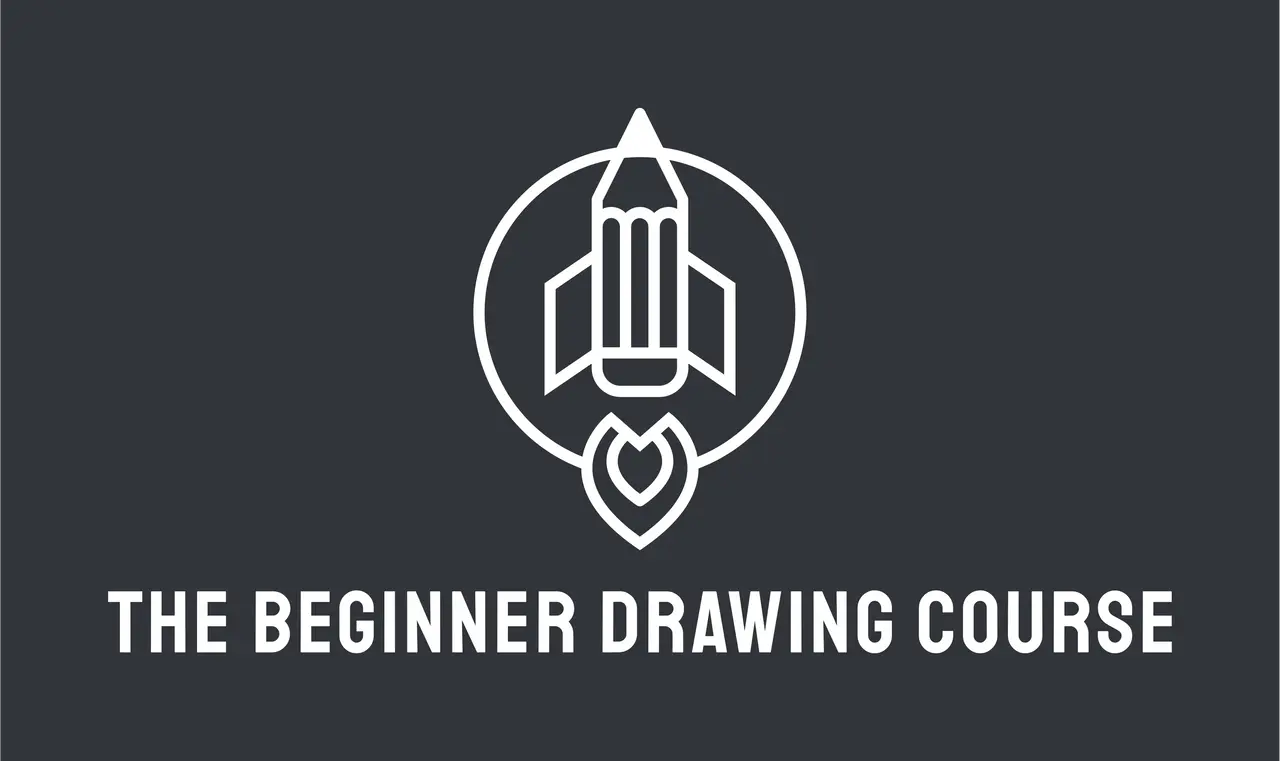Transform Your Art with These Key Drawing Basics Techniques
Introduction to drawing basics
Drawing basics are fundamental techniques that every artist should know. These include understanding proportions, mastering shading techniques, and developing a good sense of perspective in your drawings. By grasping these essentials, you can enhance your art skills and bring your creations to life. Remember, practice makes perfect when it comes to mastering these drawing basics.
Understanding lines, shapes, and forms
When drawing, understanding lines, shapes, and forms is crucial.
Lines are the foundation of any drawing; they can be used to create contours and add expression to your artwork.
Shapes are created when lines meet to enclose a space. They can be geometric, like squares and circles, or organic, like clouds and trees.
Forms are shapes with three dimensions, adding depth and realism to your artwork.
By mastering these basics, you can improve your drawing skills and bring your art to life.
Importance of proportions and perspectives in drawing
When drawing, getting proportions and perspectives right is crucial. Proportions help ensure that your artwork looks realistic and well-balanced, while perspectives give your drawings depth and dimension. By mastering these fundamental techniques, you can take your art to the next level and create more lifelike and engaging pieces. Remember, practice makes perfect, so keep honing your skills and experimenting with different perspectives to enhance your drawing abilities.
Mastering shading and blending techniques
To master shading and blending techniques, start by understanding the importance of light and shadow in creating a three-dimensional effect in your drawings. Use a variety of shading techniques such as hatching, cross-hatching, and stippling to add depth and dimension to your artwork. Experiment with different pencils and blending tools to achieve smooth transitions between light and dark areas. Practice regularly to improve your skills and develop your unique shading style
Exploring different drawing tools and materials
Pencils, charcoal, pastels, and ink are some of the common drawing tools used by artists. Each tool creates unique textures and effects in your artwork. Experimenting with various materials can help you discover new styles and techniques that enhance your artistic expression.
Enhancing creativity through composition and design
To enhance your creativity through composition and design, focus on the arrangement of elements in your artwork. Combining different textures, shapes, and colors can create a visually appealing piece. Experiment with the rule of thirds, a technique where you divide your canvas into thirds horizontally and vertically, placing your focal points at the intersections. Utilize leading lines to guide the viewer's eye through your artwork. Negative space can also enhance your composition by providing a visual rest. Remember, practicing these techniques can help you transform your art and make it more visually engaging.
Utilizing light and shadow for depth and realism
Light and shadow are essential elements in art to create depth and realism in your drawings. By using different shades, you can make your artwork look more three-dimensional and lifelike. Practice shading from light to dark to understand how light interacts with objects and how shadows fall. Experiment with the direction of light sources to add drama and interest to your drawings. Remember, mastering the interplay of light and shadow will elevate your artwork to a new level of sophistication and visual impact.
Practicing gesture drawing and sketching
When practicing gesture drawing, focus on capturing the essence of movement and form quickly. Use loose, fluid lines to sketch the basic shapes and proportions of your subject. Try to convey energy and motion in your sketches by drawing with confidence and spontaneity. Gesture drawing is about capturing the overall feeling of a pose or movement rather than getting caught up in details. Sketching, on the other hand, allows you to explore different ideas and compositions. Both techniques are essential for improving your drawing skills and unlocking your creativity. So, grab your sketchbook and pencil, and start practicing!
Developing your unique style and artistic voice
To develop your unique style and artistic voice, experiment with different mediums and techniques. Study art that inspires you and try to incorporate elements you admire into your own work. Practice regularly to improve your skills and discover what resonates with you artistically. Don't be afraid to make mistakes; they can lead to unexpected breakthroughs. Seek feedback from fellow artists or mentors to gain perspective and refine your style. Remember, developing your artistic voice is a journey, so enjoy the process and let your creativity shine through in your art.
Conclusion: Tips for continuously improving your drawing skills
To keep improving your drawing skills, practice regularly is crucial. Try setting specific goals for each practice session to keep yourself motivated and focused. Experiment with different drawing tools and techniques to expand your artistic abilities. Seek feedback from fellow artists or instructors to gain valuable insights on areas you can improve. Remember, improvement takes time, so be patient with yourself and celebrate your progress along the way.


